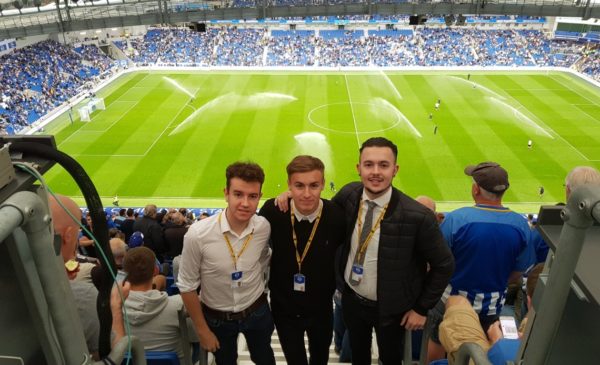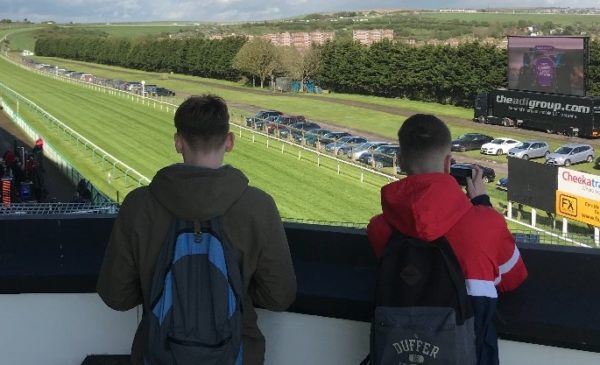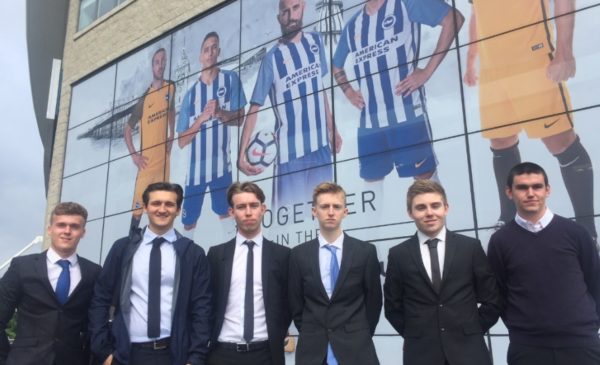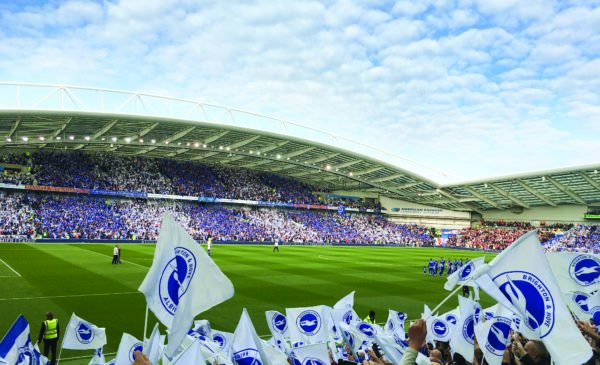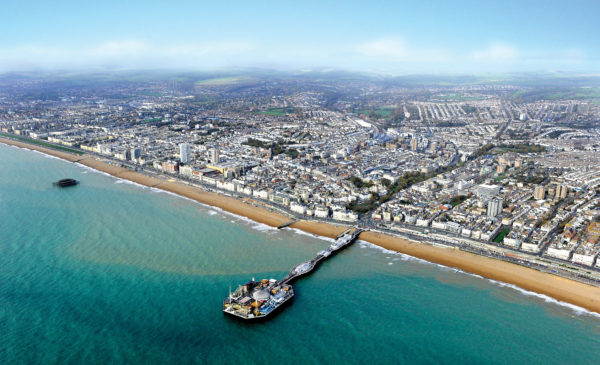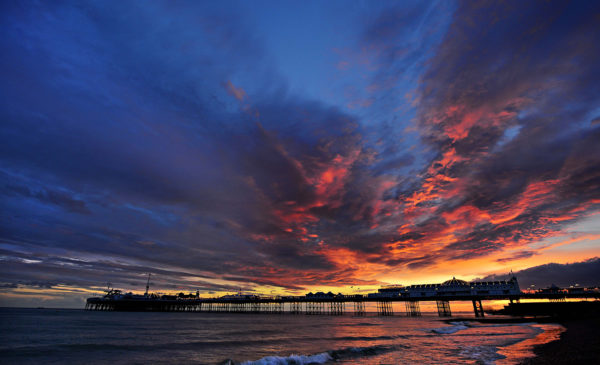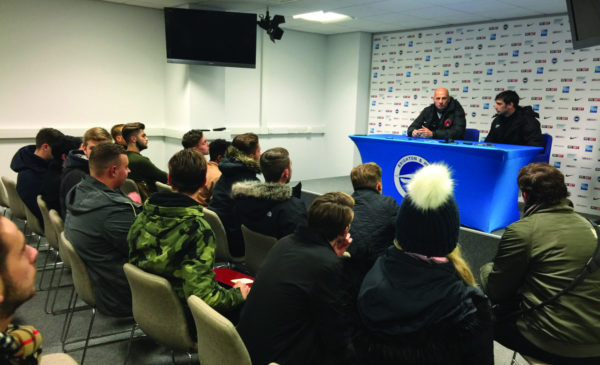Words by Tony Robertson (@TonyRob84)
Welcome to the second edition of Overtime Online’s weekly Formula 1 column.
This week, as you may have heard, the government have imposed a lockdown which means we must now all stay inside except when it is absolutely necessary to leave home.
As a result, I have had some spare time on my hands. So I thought I would take a look at Netflix’s second season of Formula 1 Drive To Survive.
This week will be my review of episodes one to five, with the second half being reviewed next week.
However, before that let’s take a look at what has happened this week in sports fast lane.
Another One Bites The Dust:
It was announced this week that yet another Grand Prix has been cancelled in response to the Coronavirus pandemic.
Organisers of the Azerbaijan Grand Prix have taken the decision to postpone the 2020 race due to the global spread of Coronavirus pic.twitter.com/o5cKQb2obY
— Formula 1 (@F1) March 23, 2020
This time it was the Azerbaijan Grand Prix, the eighth race of the year to be cancelled after the Australian, Bahrain, Vietnam, Chinese, Dutch, Spanish and Monaco Grands Prix.
As things stand Canada will be the first race in this year’s calendar which would take place between June 12 through to June 14.
Delayed Races, Delayed Regulations:
As a consequence of the delayed start to the season, F1 announced earlier this week that the regulations which were due to be introduced in 2021, will be delayed until the 2022 racing season.
Furthermore, the current season is set to be revised into a 15-18 race calendar, depending on the impact Coronavirus will have in the coming weeks and months.
“We are committed to bringing our fans a 2020 Championship Season. We expect to start at some point this summer, with a revised calendar of 15-18 races”https://t.co/JLLXSfNQDd
— Formula 1 (@F1) March 23, 2020
A Virtual Beginning:
As previously reported this week on Overtime Online, F1 have announced a Virtual Grand Prix Series, to take the place of the races which have been postponed due to the precautions taken by the FIA to prevent the spread of Coronavirus.
The first of these races took place this weekend as #NotTheBahGP got underway with a host of celebrities, F1 drivers new and old, stars in the development stages of F2 and F3 and Esport personalities.
After a short qualifying stage, it was lights out for the drivers as they got underway.
The race was as chaotic as one might expect as turn one saw a catalogue of collisions, with Nico Hulkenberg going straight into the wall before the front of the order even hit turn one.
That start 😮💥😆#VirtualGP #F1Esports pic.twitter.com/f2KJft9fN3
— Formula 1 (@F1) March 23, 2020
Johnny Herbert managed to put himself into first position (getting a 10-second penalty to go along with it), while Esteban Gutierrez also crashed into a wall.
As the race continued, Lando Norris who was controlled by an AI for some portion of the race found himself in the top five (obviously following Max Verstappen’s advice), while Jimmy Broadbent also fought his way up to fifth on the final lap after starting at the back of the grid.
The final lap of the race saw Norris and Broadbent clash wheels (literally) as they fought for fourth position. Both drivers gave no quarter throughout the encounter, as both drivers kept retaking the position after every turn whether it be the outside or the inside.
This titanic tussle finally ran out of ground at the final turn of the track, as Broadbent hit the rear wheel of Norris to send the Brit spinning into the wall. Broadbent was consequently able to claim fourth position as Norris had to settle for fifth.
Formula 2 Renault driver Guanyu Zhou claimed the chequered flag, with Stoffel Vandoorne and Philipp Eng taking second and third respectively.
The next race in the calendar was scheduled to be Vietnam, but since that race isn’t actually in the F1 2019 game, as it is a new race this year, another Grand Prix will be used for the next race.
Formula 1 Drive To Survive First Half:
Netflix really know how to make a show don’t they.
Yet again they have produced a really well-made series which this time documents the events of the 2019 season.
One of the most satisfying scenes from the first season for me was the intro showing all of the cars in the pit lane during a pit stop. This season they again did it in the first episode: Lights Out.
In the other four episodes, they have done this pit stop sequence intro but only for the teams which they focus on for the duration of the episode.
Episode two and three: Boiling Point and Dogfight illustrated exactly how quickly fortunes can change in the midfield.
Episode two, which focused on Haas, showed how a team without the resources to compete can quickly become unstuck if all the cogs don’t work.
As explained in the episode, Haas are not a team who manufacture their own car. Instead, they import the necessary parts to make the car competitive. While this has worked in the past for Haas, exemplified by their fifth-placed finish in 2018, in 2019 it clearly didn’t work.
Consequently, results on the track suffered as the pace of the Haas went from fifth best to only better than last-placed Williams. With their talented driver line up suffering from reliability and pace issues and coming under severe scrutiny both from internal and external sources.
This ultimately resulted in the pulling out of a major sponsor for the team in Rich Energy, again exemplifying how quickly fortunes change, as money is a major player in the effectiveness of a team in F1.
Embed from Getty ImagesEpisode three focused on McLaren. The new partnership of Carlos Sainz Jr. and Lando Norris bearing the fruits of McLarens labour by making them much quicker than their rivals, specifically Renault.
This episode chose to emphasise the battle of the midfield which, in recent times, has been the most exciting part of F1. Netflix duly delivered in making this the dramatic and unpredictable tussle fans know it is.
Episode four: Dark Days introduced the champions Mercedes, in a change to the line up from the teams focussed on in the first season of Drive to Survive.
The episode is a nice change of the pace for the series, moving from the midfield to the top of the grid.
Before viewing the episode I had no idea the late Niki Lauda had joined the Mercedes team back in 2012 and didn’t realise the impact the three-time World Drivers Champion had had on making Mercedes the force they are today.
In the first season, there was little to no insight in the way the number one driver or team thinks or deals with setbacks. The interviews with Lewis Hamilton, Valtteri Bottas and team principal Toto Wolff really add some humanity to a team constantly described as a well-oiled machine.
Episode five: Great Expectations focuses on Pierre Gasly, who had a great 2018 at Toro Rosso, Red Bulls feeder team, but had struggled since making the step up into the second seat at Red Bull.
This episode was great for showing how a drivers confidence can be shattered by a few below-par performances and how a second driver can feel when their teammate is so far ahead of them in terms of ability.
It also did well to emphasise how much pressure is on the teams at the top of the order. Red Bull have been a major focal point for both seasons of Drive To Survive and it has been a suitable candidate for that role thus far.
Next weeks column will review the second half of the second Drive To Survive season. So keep an eye out for next weeks edition of Life In The Fast Lane.
Want more F1 content? You can check out last weeks column here. You can also check out Overtime’s piece on Lewis Hamilton’s career so far and what the future holds for him here.

